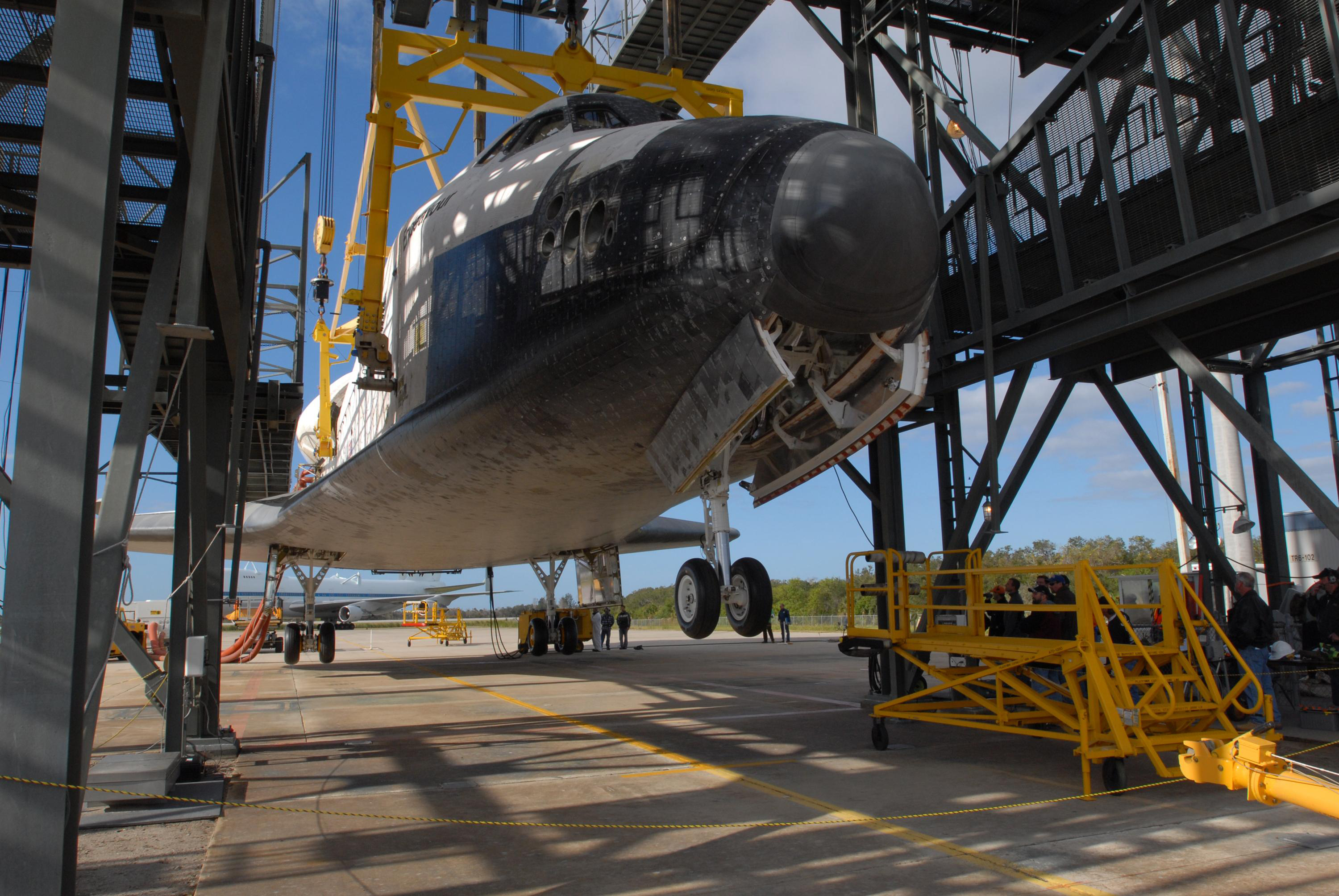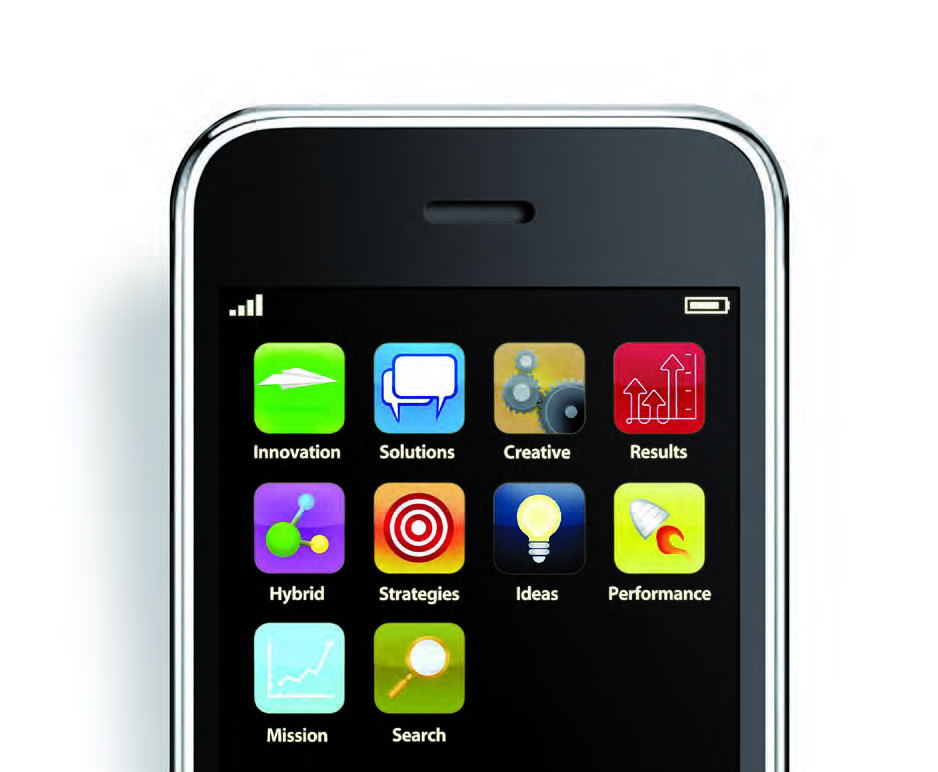
By Johnny Kwok
Recent graduates working at the Jet Propulsion Laboratory (JPL) face a familiar dilemma: project managers want individuals with experience, but how do you get the necessary experience if your lack of it prevents managers from hiring you? JPL has inaugurated a training program to address this problem.
It was around Halloween in 2007 when Benjamin Solish, who had been employed at the lab for about six months, drew the short straw among his peers and fired off an e-mail to JPL Director Charles Elachi.
“Dear Dr. Elachi,” it began, “as you may know, the X PRIZE Foundation recently released a challenge to the engineering community to send a rover mission to the moon. Our team, all early-career hires at JPL, is excited to answer that challenge.” Early-career hire is a designation for employees less than three years out of college.
The e-mail contained a request to use JPL facilities to compete in the Google Lunar X PRIZE and mentioned that this would be a chance for younger employees “to gain valuable end-to-end experience on a small-scale mission, which would greatly benefit our future work at JPL.” It was signed “The Phaeton Explorer Team,” followed by the names of seven early-career hires.
To their surprise, the Phaeton Explorers received an e-mail back from Elachi requesting to meet with them. During the meeting, Elachi channeled their shoot-for-the-moon enthusiasm into creating a one-of-a-kind training program that would achieve their original objective. After several months of brainstorming and iterations with upper management and Elachi, the Phaeton Program was born.
The group’s recommended approach for the program included developing small payload projects with a life cycle of about two to three years and start dates separated by about one year. Participants would be assigned multiple positions on Phaeton projects in different phases of each mission’s life cycle—projects would mimic JPL flight projects but be staffed by early-career hires, including key management positions. Each year the program would solicit early-career hires who would devote half to three-quarters of their time to the program for a period of up to eighteen months. The plan also called for a Phaeton advisory board to annually select project concepts, and for the recruiting and funding of mentors.
With an institutional blessing, committed training funds, and a dedicated facility, the Phaeton Program office was formed in June 2008. Six concepts were evaluated based on criteria that included technical feasibility as a project managed by early-career hires, cost and schedule risks, diversity of handson experience, and relevance to JPL/NASA mission statements. Two projects were selected to proceed to Phase A definition. A call for applicants was issued. Out of a potential pool of two hundred eligible early-career hires, seventy applications were received and about twenty people were selected.
One of the selected projects is Phaeton Mast Dynamics (PMD), a collaboration with Caltech and the NuSTAR project, a high-energy X-ray telescope scheduled for launch in August 2011. PMD will measure and characterize the dynamic behavior of the 10-meter boom of the telescope. “During my career at JPL, I’ve been exposed to a lot of Phase C and D work, but I have never been given the opportunity to be involved in Phase A and B work,” said project manager Lauren Halatek of the measurement systems group. “Phaeton is a great learning experience,” Halatek said. “I have a lot more respect for those who have been here a long time and make it look so easy.” PMD plans to deliver the payload to NuSTAR in March 2010.
The second selected project proposed furthering the technology of terrain-relative navigation using a yet-to-be-determined suborbital vehicle as a carrier for the payload comprising imaging and inertial reference units. The group was struggling with the affordability of the suborbital vehicle when JPL received notification of the training opportunity called Hands-On Project Experience (HOPE), issued by NASA’s Science Mission Directorate, the Office of the Chief Engineer, and the NASA Academy of Program/Project and Engineering Leadership. HOPE’s training objectives are exactly what the Phaeton program is designed to accomplish. Furthermore, it provides for a sounding rocket from Wallops Flight Facility. What luck!
True to the intent of Phaeton as a training program, the focus of this group of early-career hires was redirected toward proposal and formulation training instead of implementation training. In addition to proposal classes, the early-career hires were assigned roles in proposal definition and production and matched with mentors with relevant experience. The effort paid off with the selection of the winning proposal in April 2009, called Terrain Relative Navigation and Employee Development (TRaiNED). TRaiNED will be launched in June 2010.
“The Phaeton Program gave a group of early-career hires an opportunity to learn the JPL formulation process from a group of senior, experienced mentors,” said Don Heyer, the project manager for TRaiNED. “The fact that we won just makes it even more rewarding.”
With these two projects completing in 2010, another project was selected in June 2009 for Phase A concept definition: the Optical Planetary Access Link for space station. This project will validate optical acquisition and tracking algorithms and mechanisms intended for use on Mars by placing an instrument on the International Space Station.
More Than Engineering and Science
The Phaeton experience isn’t limited to the lab’s early-career engineers and scientists.
“Phaeton was designed for the development of both technical and business professionals,” noted Hosanna Aroyan, project resource analyst and business administration manager for Phaeton. Aroyan, also an early-career hire, believes learning to manage the business components of flight projects through Phaeton will pay dividends for the lab over time: “A business professional that understands and can communicate the needs between line and project management is important. Phaeton, through the participation of actively involved mentors, allows for that development to occur early in our career.”
“As the Phaeton training lead, it’s my task to create a curriculum of classes, tours, field trips, and observational opportunities to complement their hands-on experience. This has provided me with a clearer understanding of JPL’s project life cycle and all that’s involved in making each step happen,” said Betsy Riley, who is an early-career hire from Professional Development in the Human Resources Department.
Supplying business and flight-project experience to early-career hires was a complex notion that came from the ground up. “When you first get to the Lab, you get pigeonholed into one area,” said Solish, one of those who worked early on to develop the Phaeton concept and is now a systems engineer for TRaiNED and an advisor to the Phaeton Program. “Phaeton is not just networking; it’s understanding how the Lab is put together and how it works,” he said.
Darren Michaels was working on a conceptual design of analog circuits for the future Europa Orbiter when he was selected as the lead electrical engineer on PMD. “In fifteen short months we have turned a basic napkin-drawing concept into a real flight instrument. Now, as the flight hardware evolves, we even have the opportunity to problem-solve some anomalies that came up during flight environmental tests,” he explained. “These are real tasks and situations that all projects experience, and it is very exciting to go through the full experience so fresh out of college. Where else can new hires obtain such comprehensive training on building and delivering spacecraft payloads?”
The fulfillment of being part of the Phaeton Program is not limited to early-career hires. “It is an amazing experience working with such talented new engineers,” said Calina Seybold, the senior engineer who is the systems engineering mentor for TRaiNED. “An especially gratifying moment came after the TRaiNED HOPE proposal was submitted, when I was presented with a thank-you card containing a handwritten note from each member of the early-career hire team.”
There are challenges in managing a training program of this nature. I found myself frequently having to remind supervisors and early-career hires that this is not just a training program. There are schedules, deliverables, and cost commitments. Although I found no shortage of mentors for technical training, it is much harder to find mentors to guide the early-career hires to develop leadership skills. How does one train an early-career hire to be assertive and yet be humble, to lead and to follow, to count on seniors for advice and yet be an independent thinker, to earn respect when everyone knows you are an early-career hire? And yet, in the past eighteen months, I have seen this group of early professionals mature in their skill and thinking, gain each other’s respect, and establish lifelong camaraderie.
Although the idea to compete against industry for Google’s $30 million prize purse was rebuffed, the Phaeton Explorers won another prize. They became the catalysts to developing future leaders for JPL and beyond.
For more information about the Phaeton Early-Career Hire Development Program, visit phaeton.jpl.nasa.gov.










